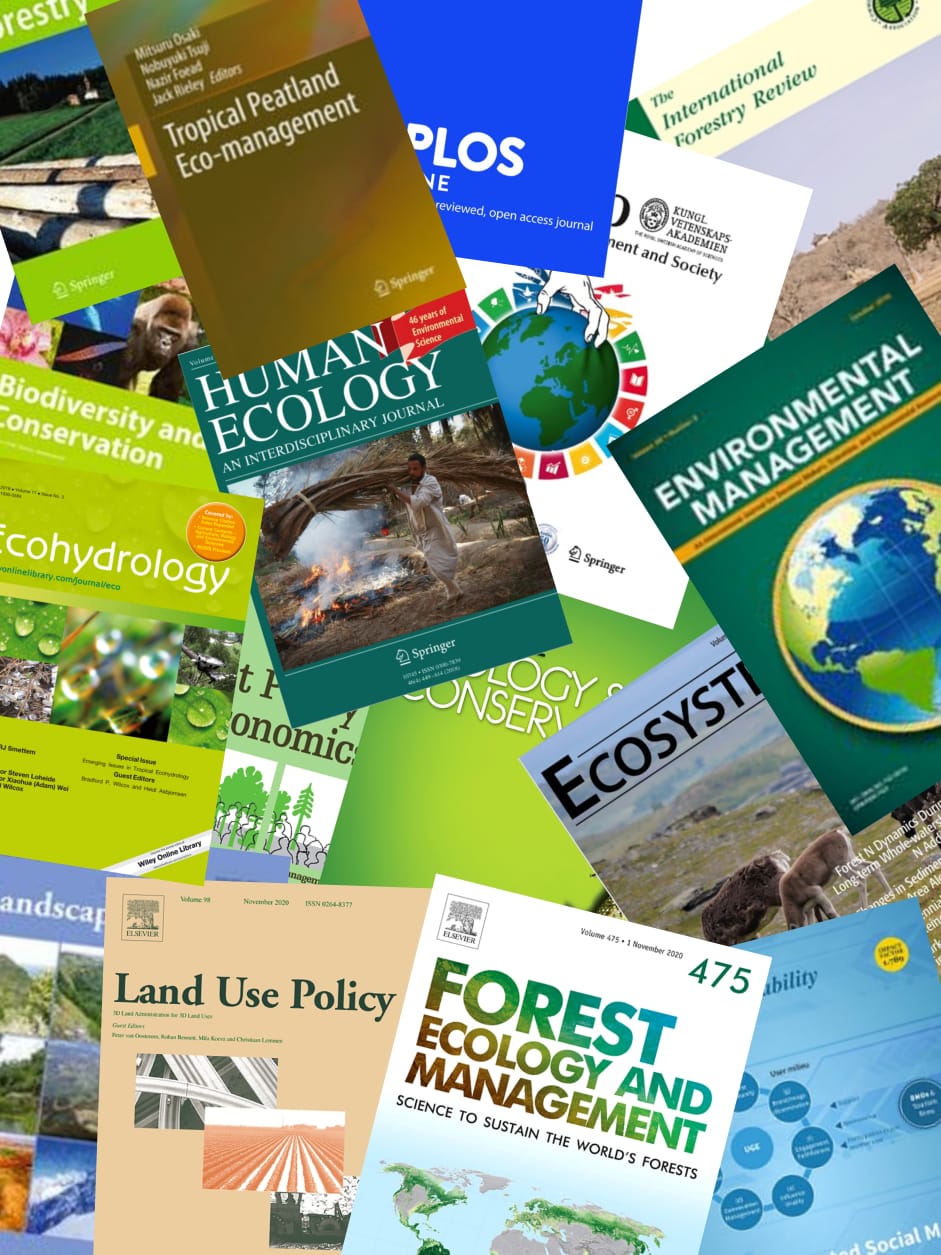Despite its small share of 0.15% in the global market, the oil palm production in the Philippines is being contested with environmental issues on continued deforestation, increased emissions from illegal burning of trees, and the marginalization of indigenous communities. As a developing industry, there is a need to further conduct of social and environmental impact studies to gain more acceptance, thereby, pursue growth and expansion. In view of the environmental concerns, this study aimed to conduct a life cycle assessment of the crude oil palm with North Cotabato, Philippines as the case study. Using cradle to gate approach, the potential environmental impacts were established: nonrenewable energy of 0.394 MJ/kg oil, carbon footprint of 1.150 kgCO2/kg oil, ozone creation potential of 2.429×10-3 kg NOx /kg oil, acidification potential of 0.0138×10-3 kg SO2 /kg oil and water footprint of 5,797.3 L/kg oil. Compared to six locations in Indonesia, Malaysia and Thailand, the environmental impacts and performance of the oil palm production in North Cotabato were satisfactory given the same topographical conditions. Opportunities to mitigate and decrease the impacts were also identified, namely improving oil extraction rates; increasing ratio of shell as biomass fuel; prudent application of nitrogen fertilizers and optimizing delivery loads and schedules. The results of this study can be a reference for future environmental assessments in other locations. © 2019 Technoscience Publications. All rights reserved.

